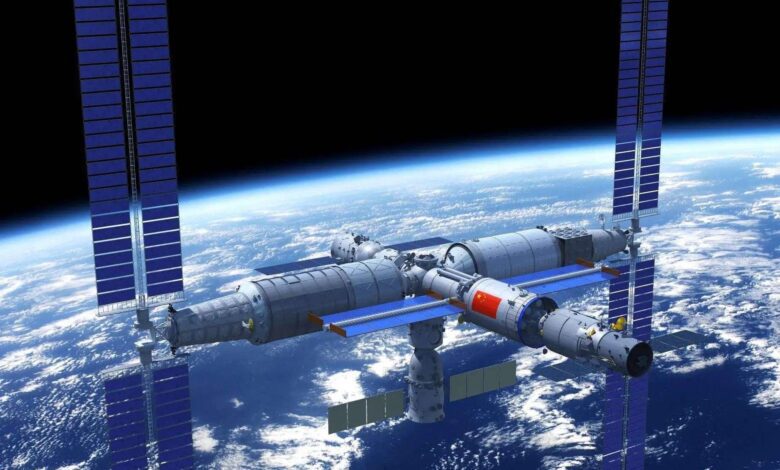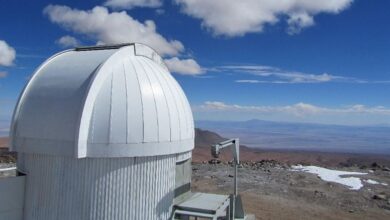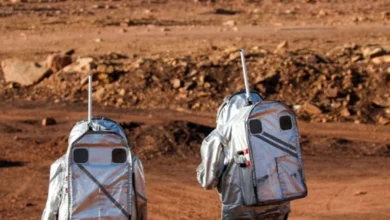China to expand space station at par with NASA-led ISS as it nears expiry
China wants to upgrade its space station from three to six modules in the upcoming years, providing astronauts from other countries with an additional platform for close-to-Earth missions.

China has been promoting its space station as an option to the NASA-led International Space Station (ISS) for near-Earth missions to astronauts from other countries and has plans to expand it from three to six modules in the upcoming years. China is expanding the space station as the ISS approaches the end of its useful life.
The China Academy of Space Technology (CAST), a division of China’s primary space contractor, said that the Chinese space station’s operational lifespan would exceed 15 years on Wednesday (Oct. 4), during the 74th International Astronautical Congress in Baku, Azerbaijan.
The lifetime announced is ten years longer than the previous announcement.
Three astronauts were housed in China’s self-built Tiangong or Celestial Palace space station, which has been fully operational since late 2022 and has an orbital height of up to 450 km (280 miles).
Even with the addition of six modules, Tiangong’s 180 metric tonnes mass is still just 40% of the ISS’s mass, which can only support seven people.
After 2030, ISS to be dismantled
But after 2030, when China has declared its intention to become “a major space power,” the ISS, which has been in orbit for more than 20 years, is most likely to be shut down.
As Tiangong reached full operational status last year, Chinese official media claimed that the nation would not be a “slouch” as the ISS approached retirement, adding that “several countries” had requested to house their astronauts on the Chinese station.
However, the European Space Agency (ESA) said that it did not have the budgetary or “political” green light this year to participate in Tiangong, abandoning a years-long plan of a visit by European astronauts. This was a setback to China’s goals for space diplomacy.
“Giving up cooperation with China in the manned space domain is clearly short-sighted, which reveals that the U.S.-led camp confrontation has led to a new space race,” said the nationalist Chinese newspaper Global Times at the time.
After being cut off from the ISS, Tiangong has become a symbol of China’s rising confidence in its space programs and has established itself as a rival to the United States in the field.
“Giving up cooperation with China in the manned space domain is clearly short-sighted, which reveals that the U.S.-led camp confrontation has lead to a new space race,” the nationalist Chinese newspaper the Global Times at the time said.
After being cut off from the ISS, Tiangong has evolved into a symbol of China’s expanding influence and confidence in its space endeavors, as well as a rival to the United States in the field. U.S. law prohibits it from working directly or indirectly with NASA.
Russia, a participant in the ISS, has similar space diplomacy intentions and has suggested that Brazil, India, China, and South Africa, members of the BRICS organization, may build a module for their space station.
Roscosmos, the Russian space agency, said last year it was planning to build a space station comprising six modules that could accommodate up to four cosmonauts.
Please, also have a look into : Prada to work on spacesuits for NASA astronauts for the 2025 moon mission



